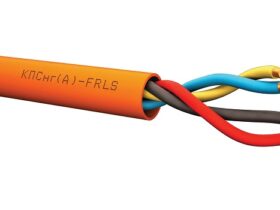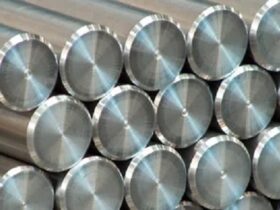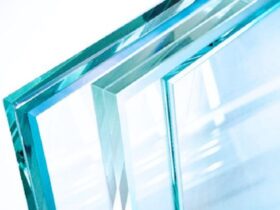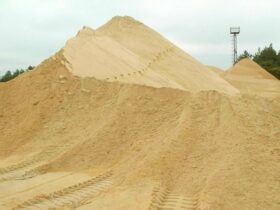Most of the installation and repair work is completely impossible to complete without the appropriate fasteners.
Today, there are a huge number of different types of screws and self-tapping screws that are designed for their specific work. You just need to find the option you need, and then these simple products will provide a high-quality connection where you need it. Therefore, before starting construction work, you should buy hardware and acquire other consumables..
The history of screws and our days.
About twenty years ago, anyone with good experience in assembling furniture could tell that it would take two screws to tighten one screw. The technology was as follows: first, a thin hole was made in the chipboard with a drill, they tried to tighten the first screw there, he cut a thread in the material, after which the first screw was unscrewed and thrown away. Only the second screw could be tightened properly and completely. This was required, since when the screw was screwed in, its slot quickly wears out and becomes unusable..
A standard screw is a threaded rod with a pointed tip on one side and a slotted head on the other. Modern screws are much better than their predecessors in terms of ease of use, since the tips have become much sharper, the body itself is now anodized and polished (in rare cases, the screws are made with a rough surface for better contact with the material), and the slots have become deep and standard. Moreover, there are a huge variety of varieties, and they are intended for their specific task..
Recently, the so-called self-tapping screws have found very widespread use, which distinguishes them from traditional screws in that they do not require preparatory holes for mounting. The metal from which self-tapping screws are made ensures the high quality of the product, and in many cases involves their repeated use. Special coatings protect self-tapping screws from corrosion.
A modern self-tapping screw has the best consumer qualities, saves money on fasteners and speeds up installation work. Modern self-tapping screws are widely used not only for working with chipboard and soft woods, but also for concrete, metal and even plastic.
A common screw was originally used to work with wood, from which many building elements were made. But now special screws are used, designed for fastening parts from hard lumber and for furniture work. The peculiarity of a wood screw is that it has a larger pitch and depth of thread. This makes it easy to twist and hold it securely inside the wood. In comparison with a conventional screw, it has a smaller volume and a sharper and deeper thread, deeper slots on the head, which makes it more efficient.
For wood, both self-tapping screws and those that require preliminary holes are used. Some types of screws are used in combination with gaskets, adhesives and dowels. Often, the head of screws that require a preliminary hole to be drilled has a hexagonal recess that allows more torque to be applied; a special wrench, screwdriver or screwdriver with a suitable nozzle is used for tightening. Screwdriver simplifies fastener handling.
We also ask for metal chains, they are:
short-link,
long-link,
welded,
nodal.
You can buy a metal chain on the perbolt website.
Universal fasteners for sheet metal and chipboard.
For fastening sheet elements (metal, chipboard, fiberboard, etc.), self-tapping screws with a sharp tip and a thread of medium pitch and depth are used. Such fasteners can be equipped with a countersunk or semicircular head, it is easy to sink it in a soft material. To protect against external influences, self-tapping screws are coated with resistant metals and polymers.
Concrete screws
Often there is a need to mount any items to a concrete base. There are also special screws for this. Their peculiarity lies in the conical shape, which, when screwed, reliably expands the sealing lining. To prevent unscrewing, there are special notches on the head that act as a brake. For work on solid materials, holes are preliminarily made in them. To work with very hard materials, holes are preliminarily made in them, allowing you to insert a lining of a softer material inside, into which the screw itself is screwed. These materials include concrete, brick, plastic..
Today there are a huge variety of screws and self-tapping screws with different pitch and depth of thread, shapes and materials..

















Оставить коммент.